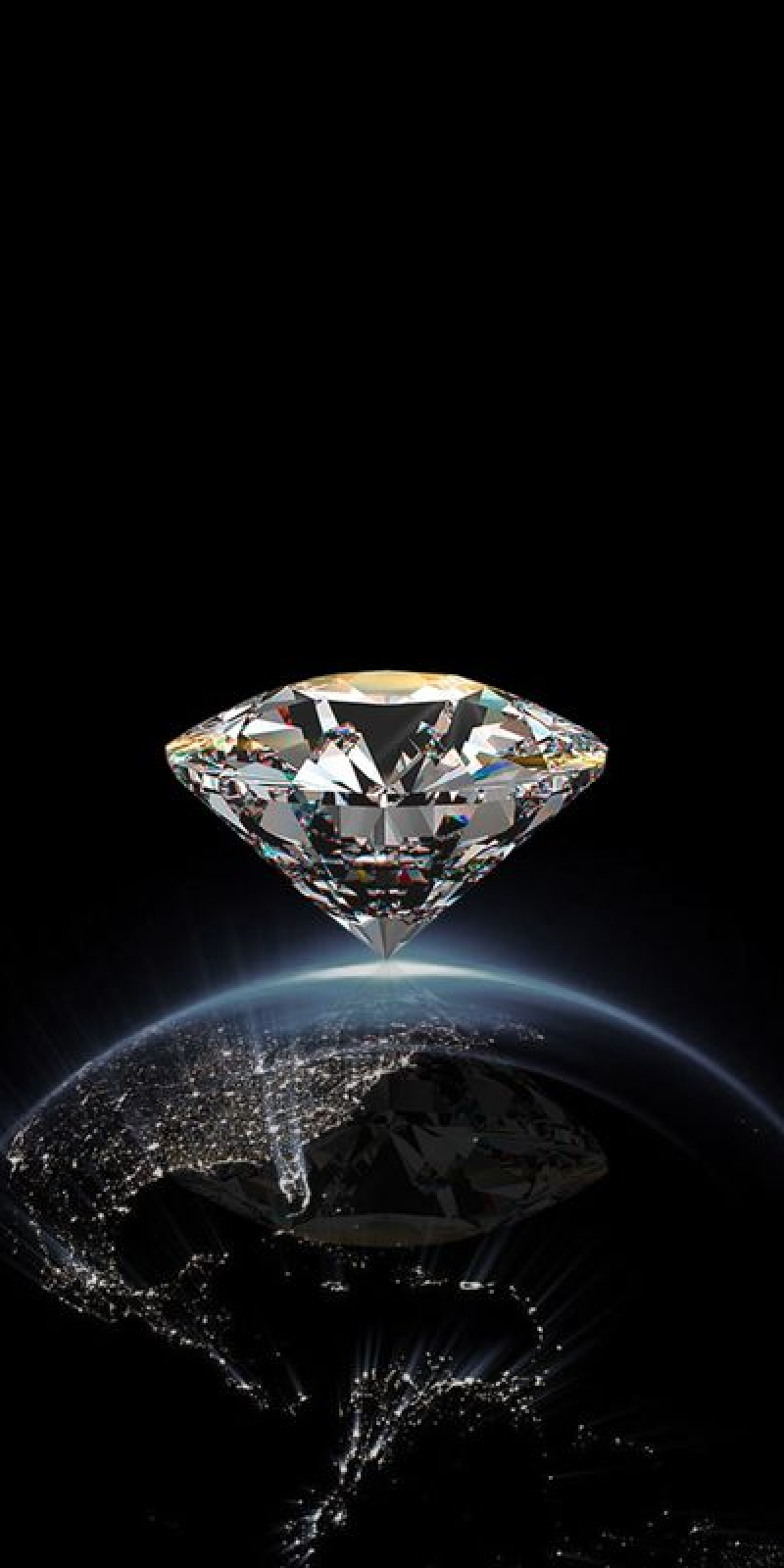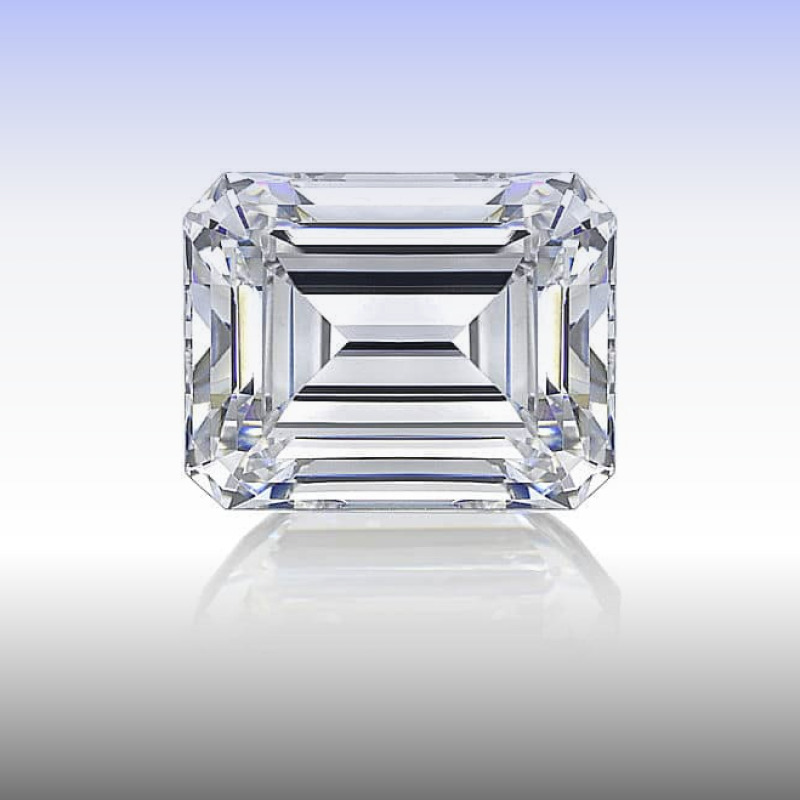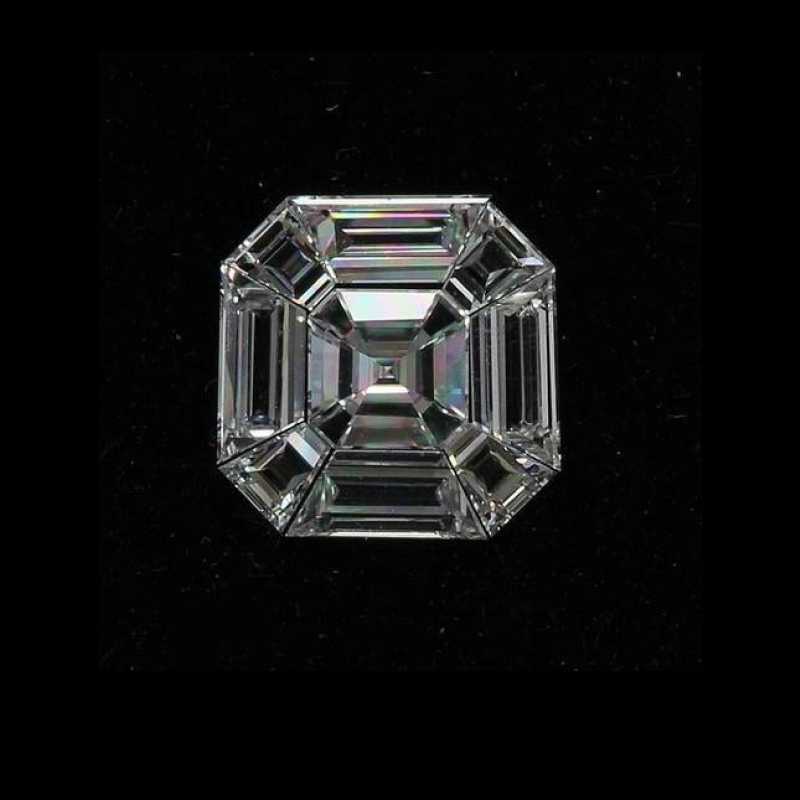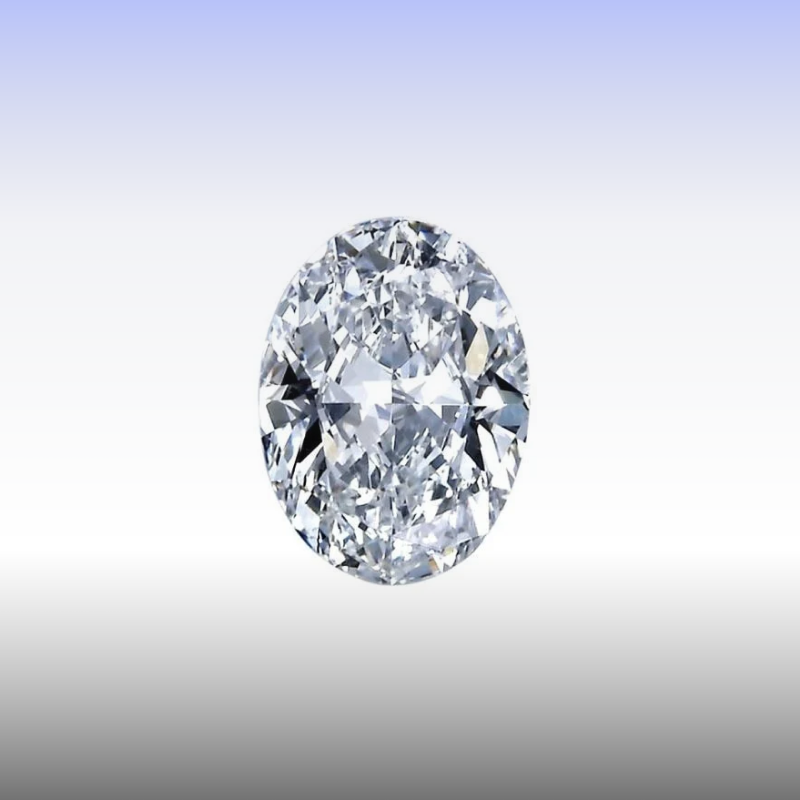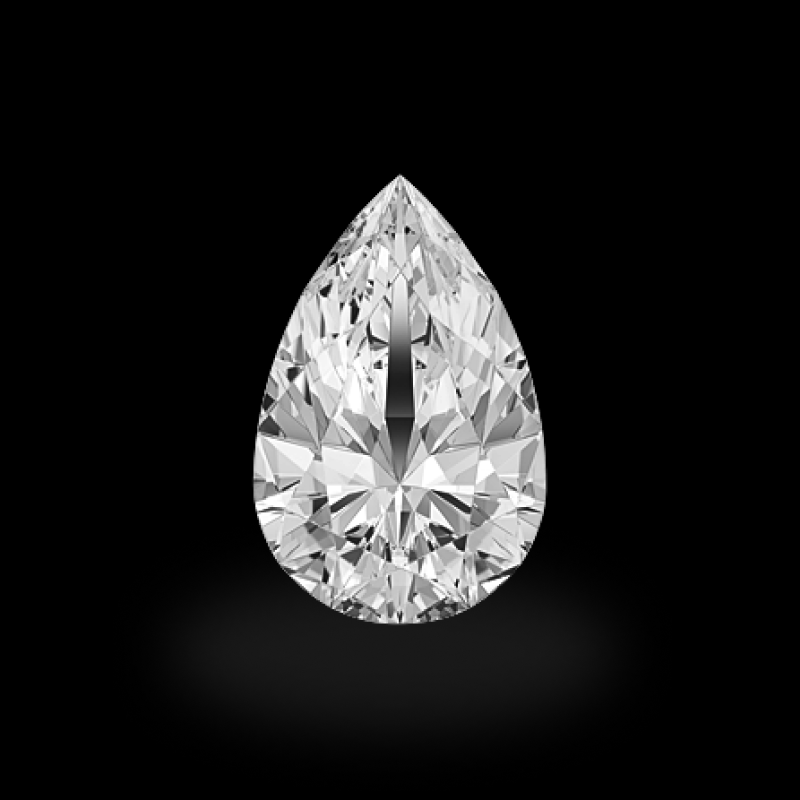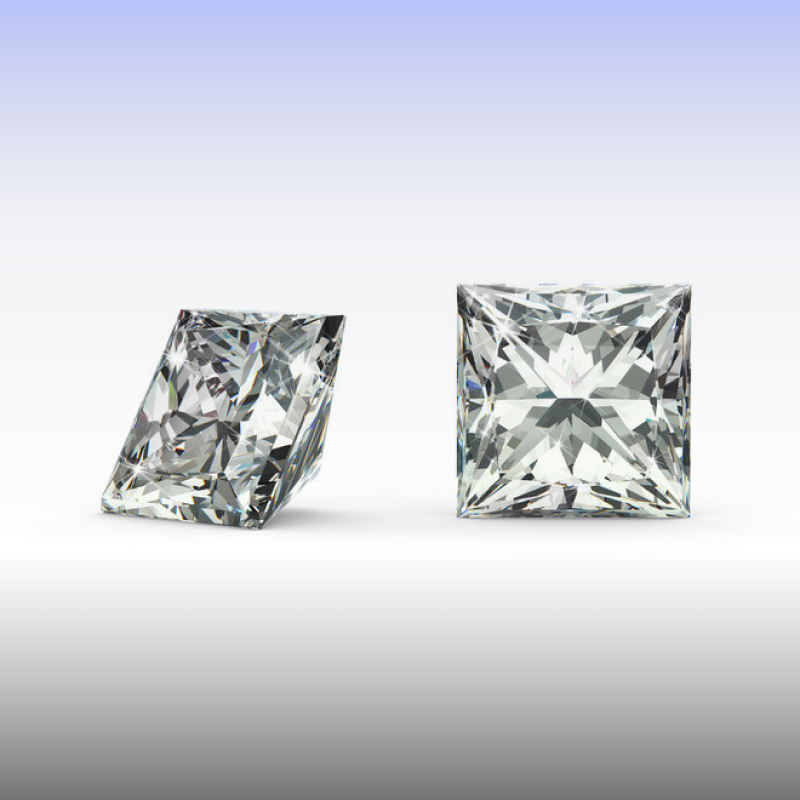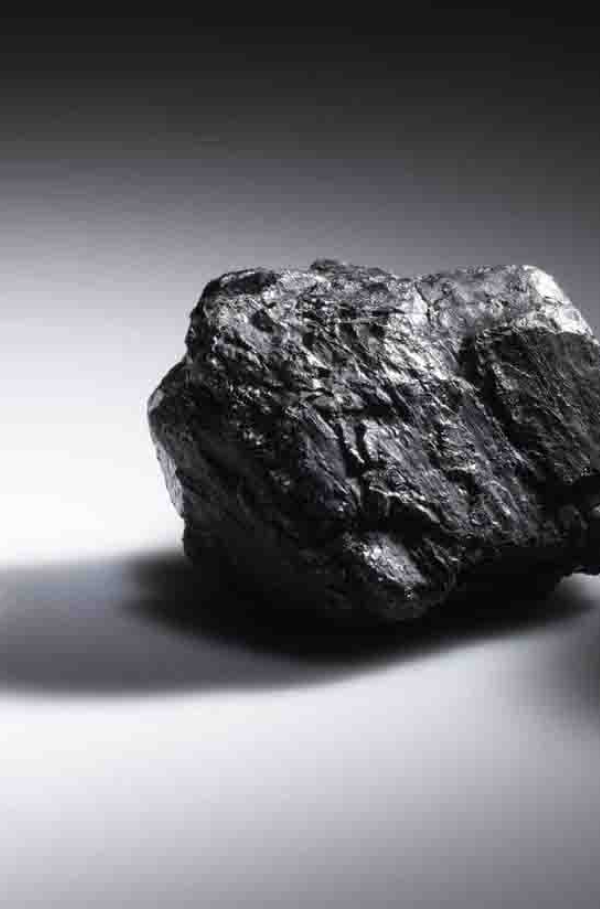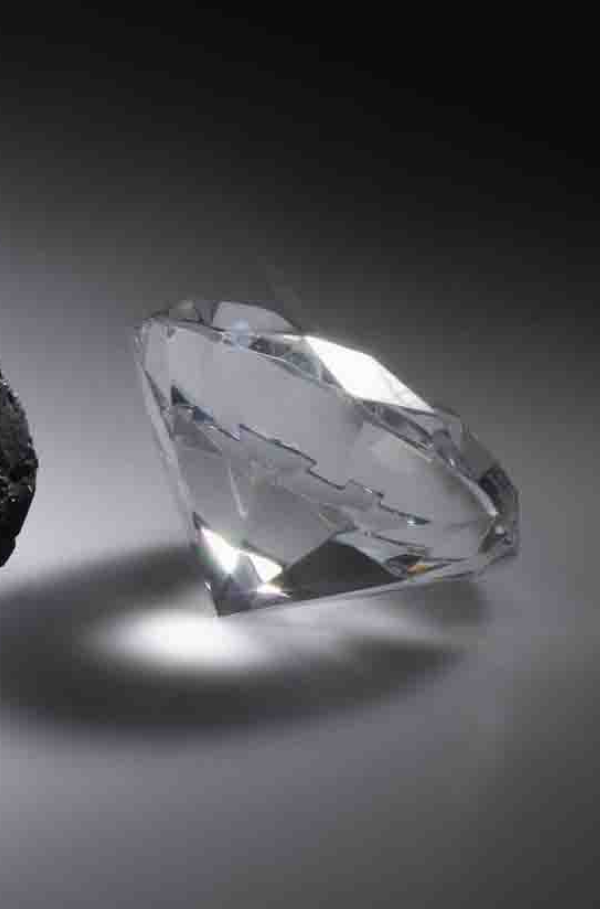Identification Of Raw Diamonds Based On These Factors
The Location
The location of diamonds is related to specific geologic features, as with many other minerals. Kimberlite pipes are usually found near diamonds. Kimberlite pipes, the oldest and most geologically stable portion of continents, are most likely to contain diamonds. Even though not all kimberlite pipes contain diamonds, most diamonds are associated with kimberlite pipes. In addition to containing at least 35 percent olivine, kimberlite also contains no quartz or feldspar.Crushing unweathered kimberlite and separating the diamonds are the only ways to extract diamonds from it. Similar to gold mining, diamonds can be separated from weathered kimberlite, known as yellow ground. Blue ground to yellow ground erodes relatively quickly in kimberlite. Kimberlite pipes can be traced back to diamond deposits based on the location of the deposits, even if the deposits are located far from the kimberlite sources.
Form Of Crystals
Generally, diamonds form octahedral crystals, which belong to the isometric crystal system. A diamond crystal measures approximately the same in all directions around its centre since "iso" meaning, same, and "metric" means measurement. A quartz crystal is most likely confused with a rough diamond. Quartz crystal is identified by their hexagonal crystals, which terminate on both ends.
Gravity Specification
There is a specific gravity range between 3.1 and 3.5 for diamonds. With a specific gravity of 2.6-2.7, quartz is one of the hardest minerals. Diamonds and tumbled quartz pebbles can look similar in placer deposits. Because of the difference in specific gravity, the two minerals can be separated by panning or sluicing. Lighter quartz travels farther down the sluice or, in smaller particles, washes out of a pan sooner than dense diamonds due to its specific gravity. It is also possible to use shaker tables. Setting a shaker table correctly is essential so that quartz settles in the centre and heavy diamonds travel upward.
process
About Us
Welcome to Z AND Z Diamonds DMCC, a premier diamond manufacturing company dedicated to creating exquisite, high-quality natural diamonds. With decades of experience in the diamond industry, we have established ourselves as a trusted name synonymous with precision, craftsmanship, and ethical practices.







